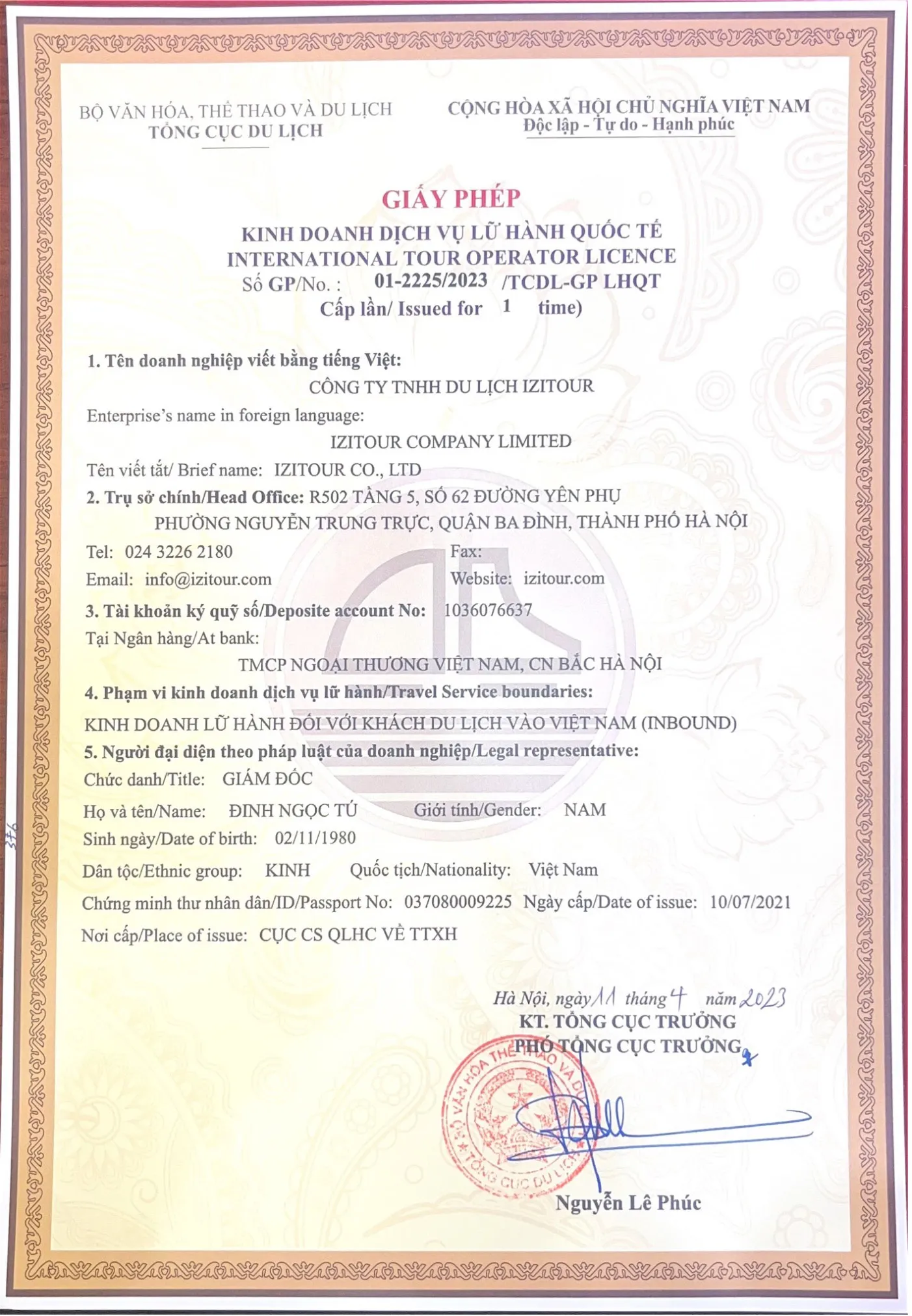Hanoi's four sacred temples, or Thăng Long Tứ Trấn, are four cardinal temples guarding the four directions - east, west, south and north - of ancient Thang Long citadel (the former name of Hanoi).
These Hanoi's four temples are Bach Ma Temple, Voi Phuc Temple, Kim Lien Temple, and Quan Thanh Temple. For over a thousand years, they have played a significant role in both the cultural and historical life of the city. They symbolize the prosperity of the Thang Long Citadel and contribute to the region's rich cultural heritage. Built very early on, they were closely associated with the founding of the capital under the Ly Dynasty. They are the places where the four guardian deities of Thang Long are worshipped, protecting the city (now Hanoi) day and night.
1. Bach Ma Temple (Temple of White Horse)
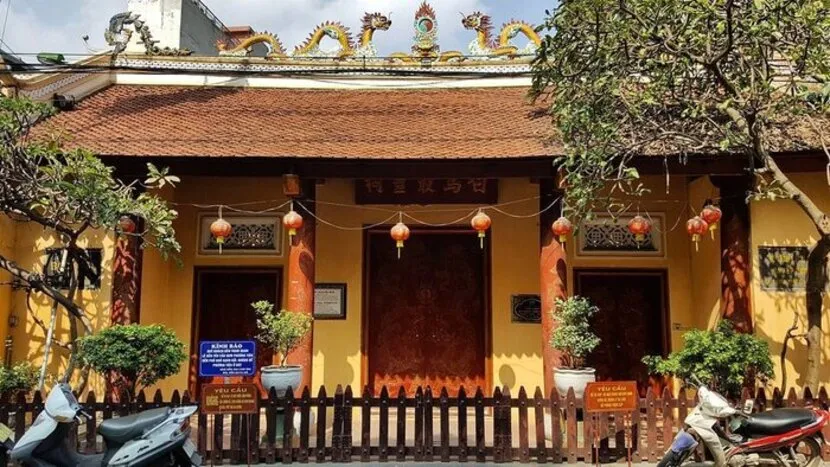
Bach Ma temple is located in Hanoi Old Quarter
Bach Ma Temple was built in Tho Xuong District, Hoai Duc city, but is now located at 76 Hang Buom Street, Hoan Kiem, Hanoi. The temple is dedicated to God Long Do, the deity guardian of the Thang Long Citadel, specifically protecting its eastern side. It was built early on and is connected to the legend of Dai La Citadel being made by Cao Bien and King Ly Thai To's Thang Long Citadel.
According to an old tale, when King Ly Thai To relocated the capital to Dai La and renamed it Thang Long, he ordered the construction of the citadel. However, each time it was built, it would be destroyed. In response, the king sent people to pray, and suddenly, a white horse emerged from the temple and walked around. Eventually, the horse returned to the temple and vanished. The king followed the horse's footprints and built the ramparts accordingly. Surprisingly, the citadel was prevented from collapsing since then. In gratitude for the horse's assistance, the king honoured it as "The hero who built the capital" and named the temple where it was worshipped "Bach Ma Linh Tu" (the sacred temple of the white horse).
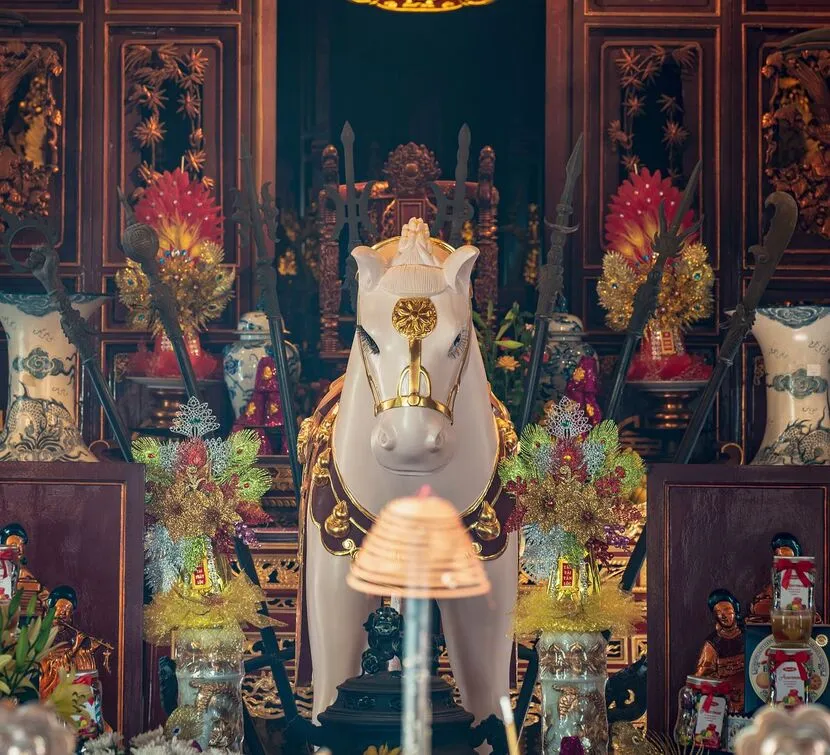
The horse statue in Bach Ma Temple
Throughout the Ly, Tran, and Le dynasties, with 52 kings making Thang Long their capital, Bach Ma Temple has witnessed the complete formation and growth of the ancient capital of Thang Long and modern-day Hanoi. Over the centuries, the temple has been restored multiple times but still retains its grand scenery and ancient vestiges, holding significant historical and cultural value. It stands as a notable architectural and artistic relic of Hanoi.
Nowadays, Bach Ma Temple in Hanoi showcases the architectural style of the Nguyen Dynasty, featuring a large scale and facing south, in harmony with its rituals and communal houses. It houses valuable historical artefacts, including steles that record legends, myths of temple construction, and worship rituals spanning over a thousand years.
The Bach Ma Temple Festival, held on the 12th and 13th days of the second lunar month each year, combines folk culture, beliefs, and royal traditions, creating a distinctive and unique event.
2. Quan Thanh Temple (Tran Vu Quan)
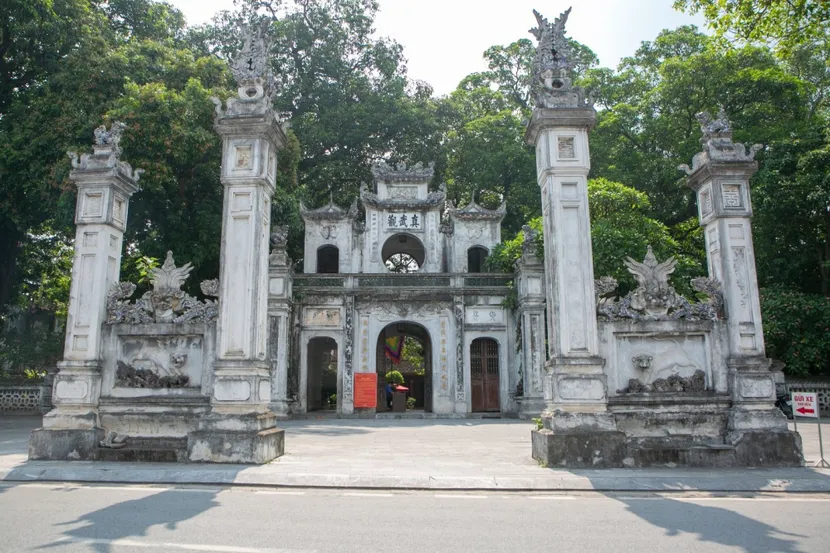
Quan Thanh temple is located right next to West Lake
Quan Thanh Temple is situated on Quan Thanh Street in Ba Dinh District. It was constructed during the early years after King Ly Thai To relocated the capital from Hoa Lu to Thang Long in 1010. The temple is located on the Hoi Long mound, northeast of West Lake. In 1823, King Minh Mang changed its name to Tran Vu Quan, and later, during the reign of King Thieu Tri in 1842, it was given the name Quan Thanh Temple as it is today.
The temple is dedicated to Huyen Thien Tran Vu, the deity who safeguards the North by assisting people in warding off evil spirits and demons. He swept away turtle demons during the reign of the 14th Hung King, helped An Duong Vuong kill cock demons which were delaying the building of the Co Loa Citadel and prevented many demons on the Red River under the Ly Thanh Tong dynasty.
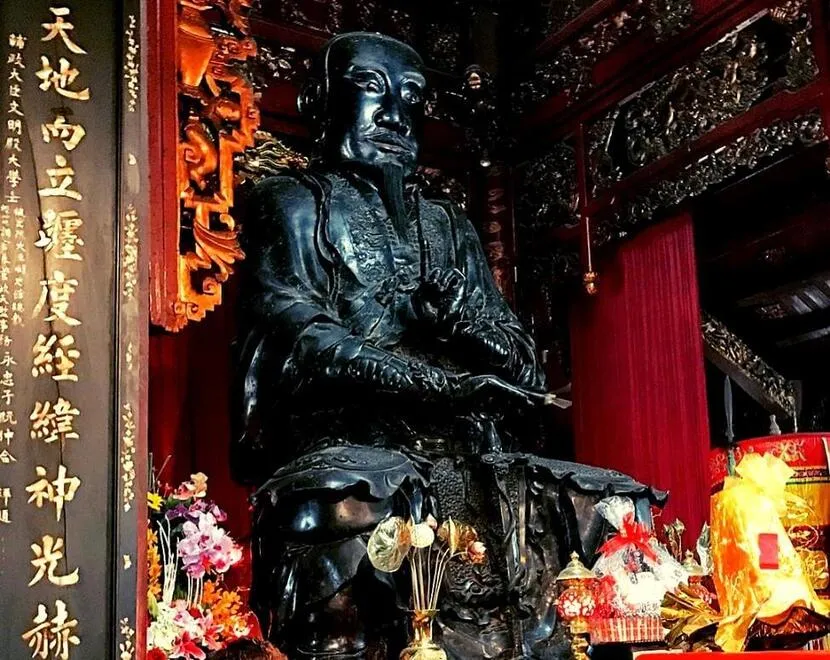
The bronze statue of Huyen Thien Tran Vu
Quan Thanh Temple in Hanoi became a National Historic - Cultural Relic in 1962. Inside the temple, there is a special statue of Huyen Thien Tran Vu, which was officially recognized by the Prime Minister in 2016 due to its historical significance. The statue is impressive, stands at about 3.96 metres tall, with a circumference of 8 metres, and weighing 4 tons. The statue portrays a God with a square face, straight eyes, long beard, and loose hair. He is unhatted and is dressed in a Taoist robe. The God sits on a stone platform and holds a sword, which is wrapped by a snake and rests on the back of a turtle. This statue of Huyen Thien Tran Vu is a remarkable piece of art that showcases the skill and expertise of ancient Vietnamese craftsmen in bronze casting.
The main Quan Thanh Temple festival takes place on the 3rd day of the third lunar month each year.
3. Voi Phuc Temple (Temple of Elephants)
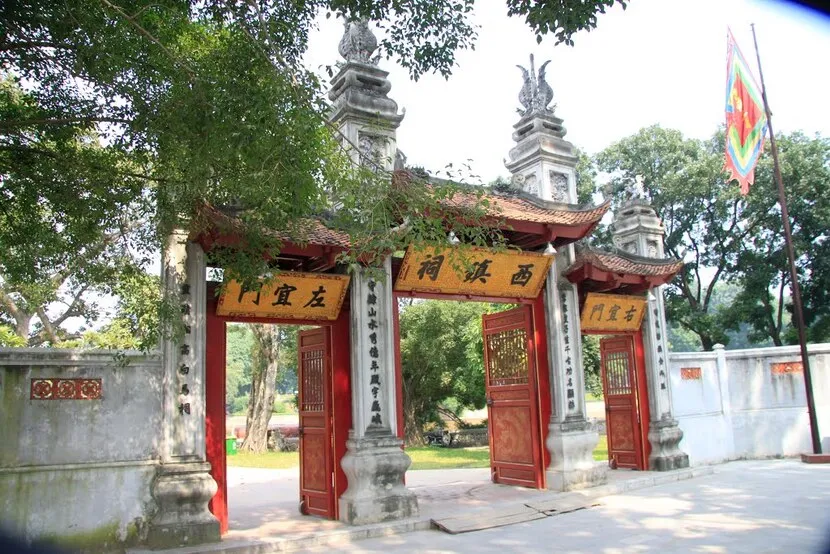
The entrance to Voi Phuc Temple
Voi Phuc Temple is currently located in Ngoc Khanh district, Ba Dinh district. It is situated on a mound called Long Thu, facing south and leaning towards the east, which is a favorable direction in Feng Shui. The temple is dedicated to the God Linh Lang Dai Vuong and was built by King Ly Thanh Tong in 1065. According to legend, the God Linh Lang Dai Vuong rested his head on a sacred stone before ascending to heaven, leaving an indentation. This stone is now enshrined and worshipped in the temple. Linh Lang Dai Vuong played a significant role in helping the country defeat invasions during the Tran Dynasty. To honour him, Voi Phuc Temple festival is held annually on the 9th, 10th, and 11th days of the second lunar month. The festival features colourful flags, drums, gongs, umbrellas, decorations, and local dances.
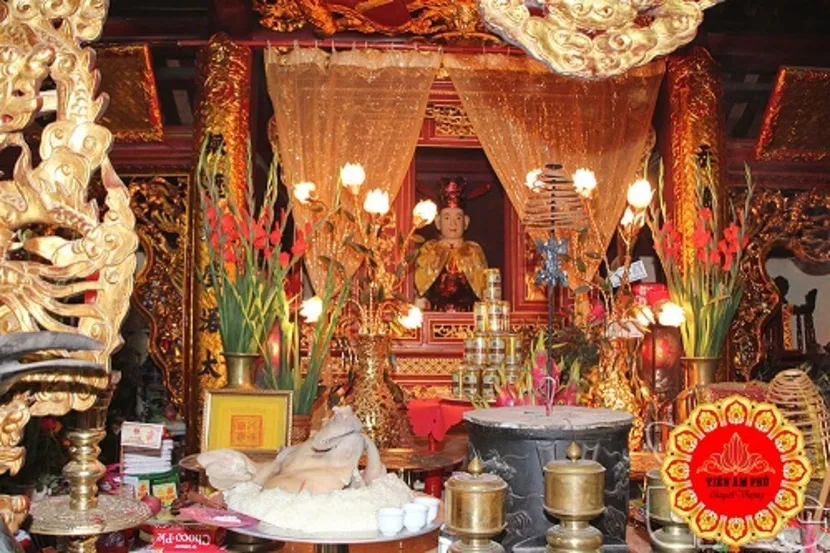
Worshipping space in Voi Phuc temple
Voi Phuc Temple owns many symbols and parallel sentences in Chinese characters, splendidly painted in gold, mainly praising the merits and sacredness of the gods. The temple was recognized as a national historic-cultural site on April 28, 1962.
4. Kim Lien Temple (Golden Lotus Temple)
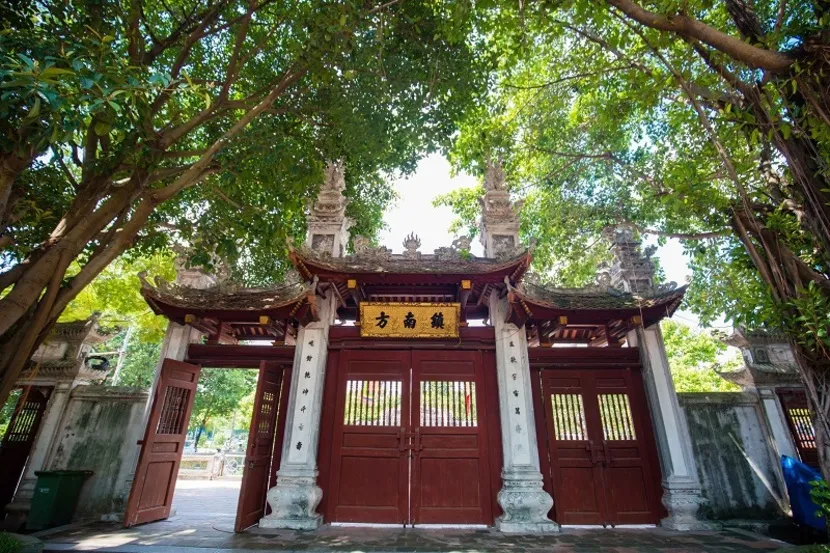
Kim Lien temple's entrance
Kim Lien Temple was constructed during the Ly Dynasty in a village called Kim Hoa, which is now known as Kim Lien village in Phuong Lien ward, Dong Da district. It was built to honour Cao Son Dai Vuong, a deity who safeguards and bestows blessings upon people, protecting them from natural disasters and formidable enemies to ensure a peaceful life.
According to legend, Cao Son Dai Vuong is the son of Lac Long Quan and Au Co. He was one of 50 children who followed their mother to the mountains and fought alongside Son Tinh against Thuy Tinh, aiming to bring peace to the people. Subsequently, he requested his father to settle in the undeveloped land, which is presently Phuong Lien ward, Dong Da district in Hanoi. To express their gratitude, the community erected a temple to worship him after his demise.
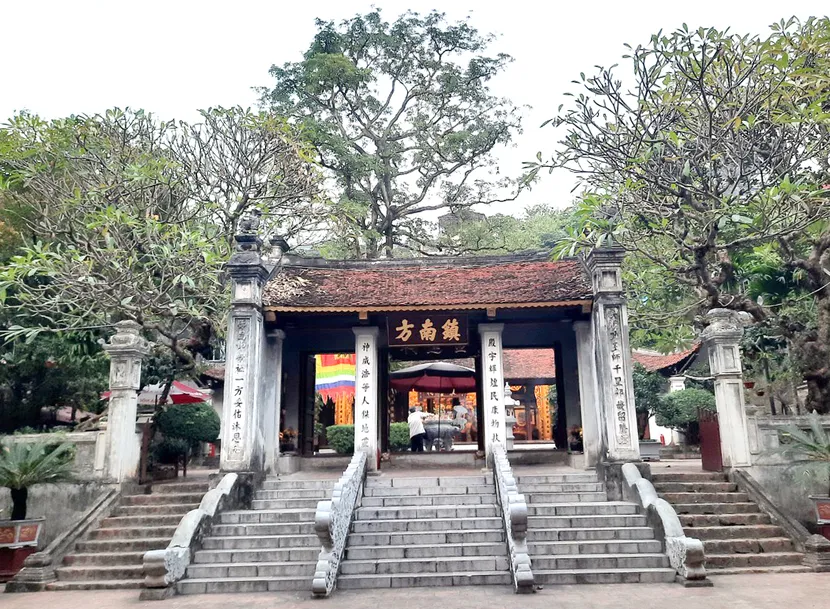
The ancient beauty of Kim Lien temple
Kim Lien Temple in Hanoi has gone through a lot of changes throughout history, but it has managed to largely retain its original condition. It has many objects from the Le Trung Hưng period, which have left their historical mark. Even today, the temple holds rare relics that are considered precious treasures. For instance, these include 33 Royal Ordination Certificates of the Le and Nguyen dynasties and Stone Stele "Cao Son Dai Vuong Than Tu Bi Minh" in 1510. These relics not only provide valuable historical information about the feudal dynasties but also offer significant insights into calligraphy, linguistics, and traditional Vietnamese art.
On January 9, 1990, Kim Lien Temple was officially recognized as a National historical and cultural relic. Every year, on the 16th day of the third lunar month, the people of Kim Lien village gather to celebrate a traditional festival and express their gratitude to the gods.
On January 18th, 2022, the Prime Minister signed Decision No. 93/QD-q1g ranking five relics across the country as Special National Relics, including the historical and architectural Four Sacred Temple Protecting Hanoi - Thăng Long Tứ Trấn, including Bach Ma Temple, Voi Phuc Temple, Quan Thanh Temple and Kim Lien Temple.
Being designated as a Special National Relic in 2022 is a recognition and honour for the historical, cultural, architectural, and artistic significance of Hanoi's four sacred temples. These temples have endured the test of time, contributing to the unique characteristics of Thang Long - Hanoi with its long history. This recognition also brings a greater responsibility for the Hanoi city government and its citizens to protect and promote these relics.
See more:








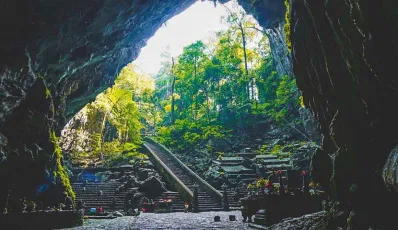
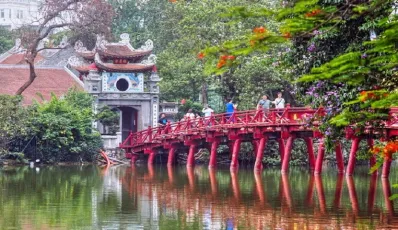

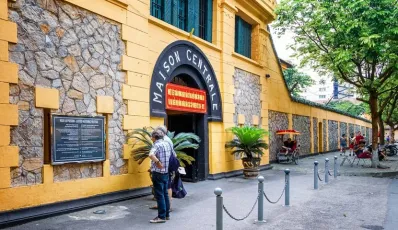
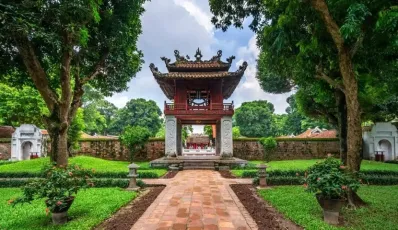
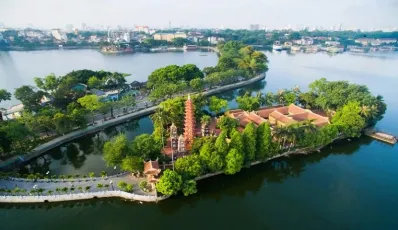
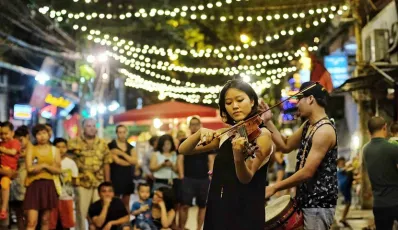
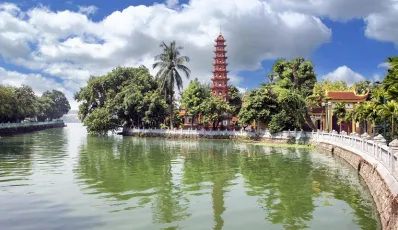
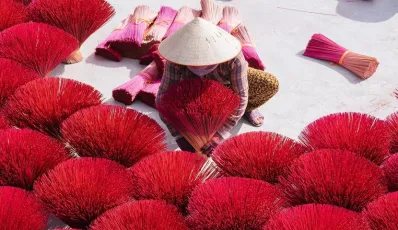

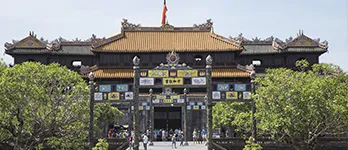


 TRAVELERS' CHOICE 2025
TRAVELERS' CHOICE 2025 